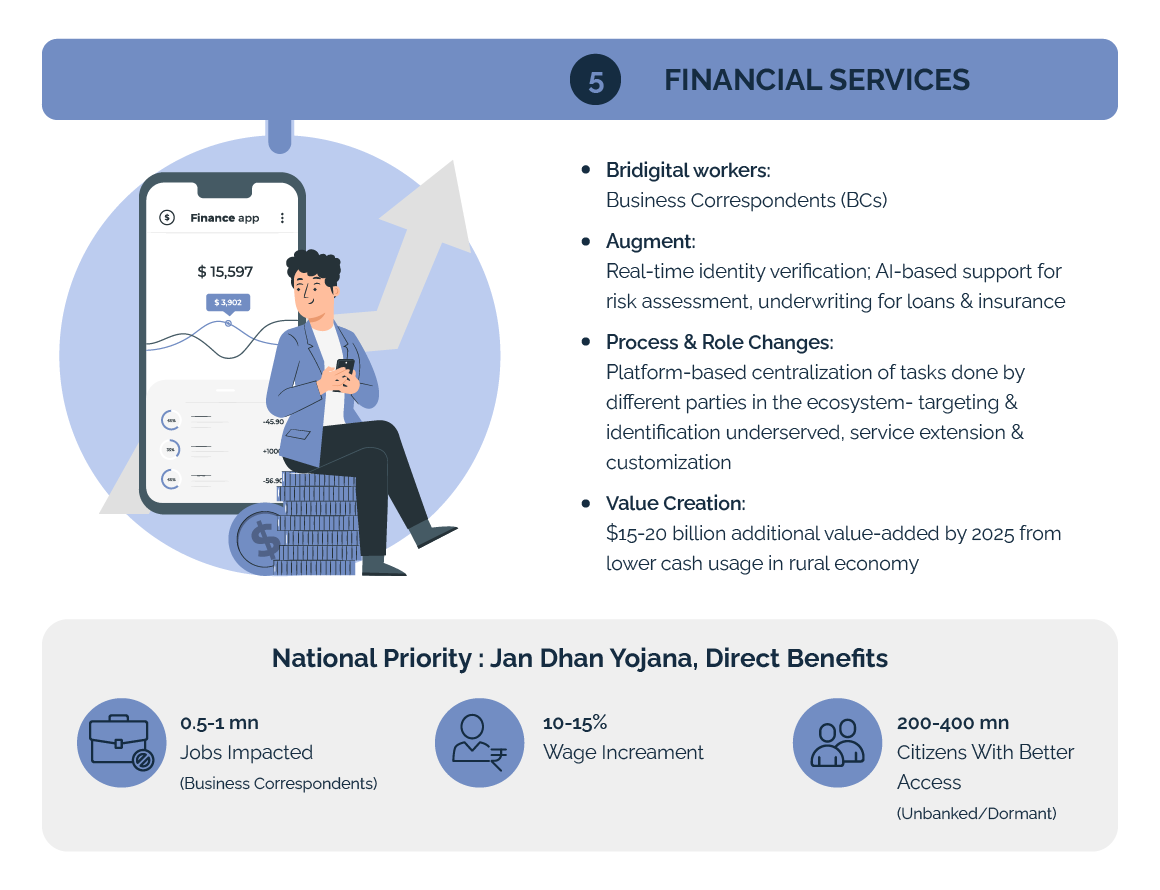Everywhere Entrepreneurship
In India, there are either large business houses or tiny firms that have fewer than 10 workers. Between them is a vast emptiness with dynamic companies that are neither gargantuan nor miniscule. We lack SMEs.
These firms can provide the bulk of productive employment in India if they existed in large numbers. In India, SMEs employ 10%, whereas in the USA -it is 36%, Germany - 43% and Brazil 39%.
Micro Enterprises are informal—which means low productivity and growth.
The productivity forgone is substantial; an Indian manufacturing firm of 50-200 employees is nearly four times as productive than one with between 5 and 50. The differences between the formal and informal sector is even more stark. Formal sector manufacturing firms are 8 times as productive.
Micro firms dominate India's employment landscape, unlike its global peers.
In India, Entrepreneurship is not what is typically imagined as ‘unicorns’- with high growth, venture funded tech start-ups valued at over a billion dollars that attract the headlines.
India currently has 18 of these. India needs many of these. The cumulative effect of hundreds of thousands of SMEs could be massive.
Goldilocks entrepreneurs are too small for some and yet not small enough for others.
For example, they don't qualify for micro-enterprise schemes nor do they fit in the radar of venture capitalists because of inability to scale rapidly. They don't get adequate finance required to grow. Small businesses have 100% risk and attract 0% sympathy.
There is little support for informal businesses to grow and formalize themselves.
In the last few years India has shot 53 places in the ease of doing business rankings which assess countries on 10 different dimensions including credit, property, registration and success.
This does not necessarily translate into ease of business environment for small and medium entrepreneurs. In the judicial system and enforcing contracts India ranks 163 out of 190 countries. Entrepreneurs feel the weight of slow dispute resolution.
India’s Focus is on the two extremes of entrepreneurship- high growth start-ups and micro enterprises. But it is in between these two extremes that the country will need to invest. India needs many SMEs. We call this entrepreneurship movement everywhere.
Bridigital Cluster Can Spur Everywhere Entrepreneurship
To create a physical cluster among 722 districts in India would be daunting.
Finance- Digital lending companies can provide finance using cash flows history, psychometric assessment and social media behaviour. Digital recruitment and training are also becoming mainstream.
Creating a bridigital cluster will need a crucial piece of innovation- platforms that provide entrepreneurs with an easy way to access services. A functional platform could help proliferation of everywhere entrepreneurs wherever they are based in India.
The greatest value of a digital cluster is that it democratises a range of services that only formal businesses can access today. This has the potential to make the Everywhere Entrepreneur movement truly inclusive involving even small, informal entrepreneurs.
The creation of a digital cluster changes the landscape. It breaks down those various services into discrete modules each representing a small step that a business could take, if it saw value in doing so. Each step takes business closer to the formal end of the spectrum.
In this process, the Bridigital clusters can be enablers of Trust by providing verified digital services. Firms can be freed to forge their own path to formality.
That is why boosting the use of digital technology should be one of India's paramount priorities.
The High Costs of Formality Will be Lowered in the Bridgital World.

Digital governance can transform the relationship between SMEs and the Bureaucracy -The real imperative is to eschew piecemeal digitisation, attempting instead to transform the relationship between SMEs and the government. It is not only about limiting the duplication of effort for entrepreneurs but also bringing growth opportunities.
Story of Estonia is a real one where the data collection happens only once and is maintained with all the government and important offices so that it is all singular and people do not have to give the same information everywhere. It really makes it easy to do business. India can follow the same approach as that of Estonia. The beauty of digital approaches that scale can take hold.



